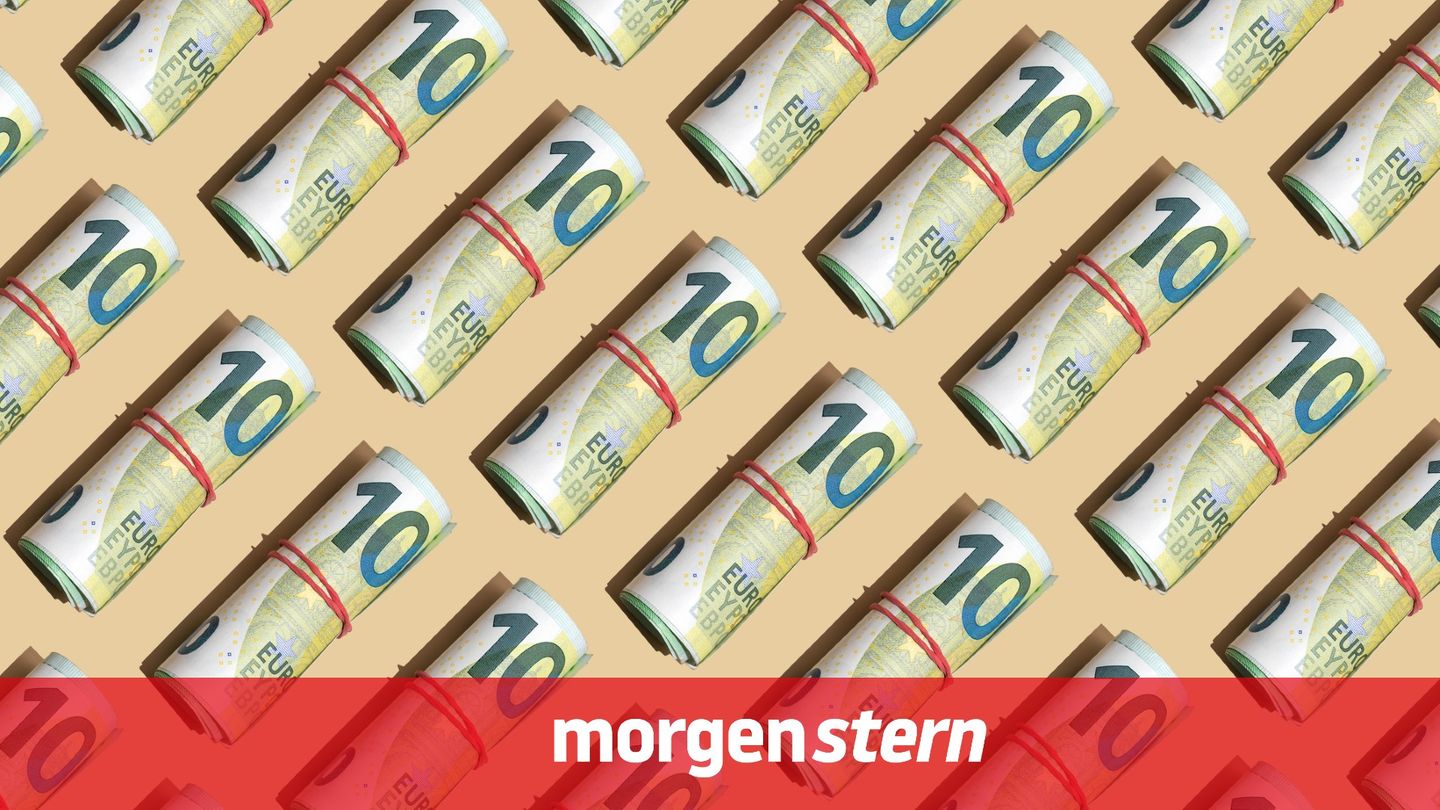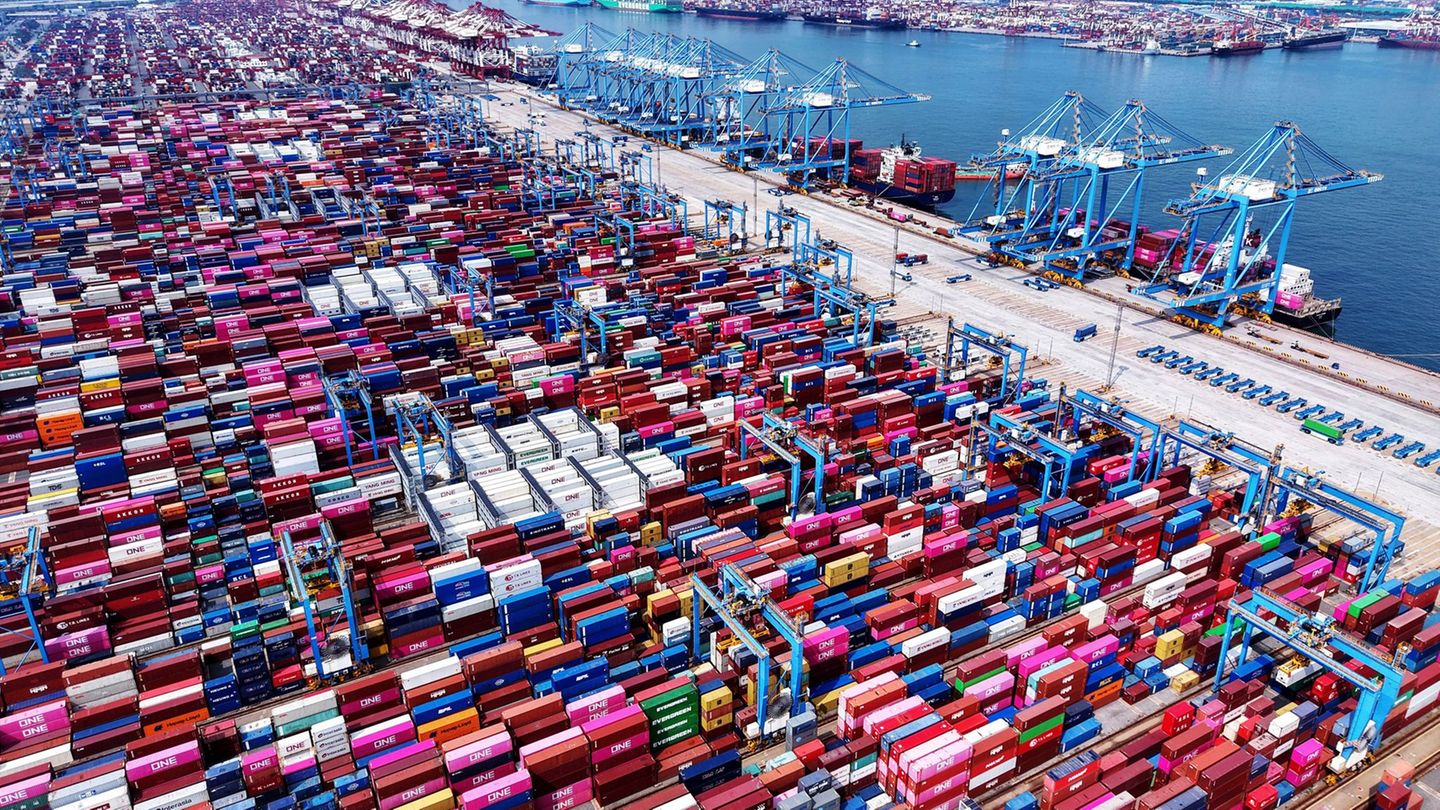We are approaching the close of a dream year for Argentine investors: the Merval index is about to complete its fourth consecutive year of increases. In 2024, not only does it maintain its streak, but it consolidates itself as the index with the best cumulative performance worldwide (by far).
It’s time to do your homework and think about 2025 investments: Will the positive tone continue? Will we reach new highs? Will we be the number one market again?
If we analyze it based on history, in real terms we are still below the maximum peaks reached in 1992 and 2018. At that time, the country risk was around 400 points, significantly below the current level, which is close to the 750 points.
Next year would be the fifth consecutive year of increases in dollars for the index, and although it may seem like a lot, this already happened recently in the periods 2003-2007 and 2013-2017.
Therefore, in the normalization scenario that seems increasingly likely, with the level of development of key sectors of the economy that will provide foreign currency and with several projections that predict strong growth in 2025, There is still upside potential in stocks.
However, global risks, the disarmament of the stocks, the midterm elections and many other factors, add some uncertainty as expected.
On this path, a minimal correction, even to then continue climbing, would be statistically quite probable.
Those who obtained great returns this year, although they do not want to stop betting on Argentine history, are more selective with the stocks they choose and increasingly they seek to diversify a part of their portfolio and analyze new opportunities.
Where are there investment opportunities?
While in the United States the main indices break record after record, the rest of the world is struggling to catch up. What’s more, The ratio of emerging market stocks to U.S. stocks is now at a 25-year low and not far from a record low.
It’s been two months since the Federal Reserve first cut rates and the 10-year Treasury yield is 76 basis points higher, rising from 3.66% to 4.42%.
A quick look at the performance of the SPY (which replicates the main US index) compared to the rest of the markets in the last 5 years, shows this disparity.
He VGK (Vanguard FTSE Europe ETF) rose just 18%: it is an exchange-traded fund that tracks the performance of the FTSE Developed Europe All Cap Index, which includes stocks from European developed markets such as the United Kingdom, Germany, France, and Switzerland.
He FXI (iShares China Large-Cap ETF) fell about 26%: it is an exchange-traded fund that tracks the FTSE China 50 Index. This index includes the 50 largest and most liquid Chinese companies listed on the Hong Kong Stock Exchange.
He EWZ (iShares MSCI Brazil ETF) plummeted a whopping 42%: it is an exchange-traded fund that tracks the MSCI Brazil 25/50 Index, designed to measure the performance of Brazil’s largest and most liquid companies. This ETF offers diversified exposure to key sectors of the Brazilian economy, such as energy, materials, financials and consumer.
Optimal time to diversify globally
Currently, the local market offers optimal conditions to diversify the portfolio globally. Accessing to invest in stocks around the world is very simple and efficient through CEDEARs. In addition to being able to buy with pesos and dollars from Argentina, these instruments offer tax benefits. Thus, for all foreign instruments held by CEDEAR that operates locally, it will always be more convenient to operate it from the local market.
Additionally, the liquid exchange rate at which these instruments are quoted is at the lowest levels of the last year, so the probability of error (that the dollar continues to fall much further) is limited.
Two CEDEARs of ETFs to invest in China and Brazil
The economic and political challenges in the emerging world are still complex. The new trade war with the US, the winding path of lowering rates, the value of the dollar in the world and in return for commodities, war conflicts, stimuli for the Chinese economy and polarization.
The great disappointment of the emerging world in 2024 has been Brazil, and it is a story of disappointments since the subprime crisis in 2008. Brazil shows very low P/E ratios. For those more experienced and looking to get ahead and capitalize on a potential change of direction in the Brazilian market, EWZ’s CEDEAR is a perfect vehicle to gain exposure to that market.
For those who prioritize diversification a little more and are looking for a more conservative alternative, the EEM cedar (iShares MSCI Emerging Markets ETF) is listed on BYMA. It is an exchange-traded fund that tracks the MSCI Emerging Markets Index, providing exposure to large and mid-cap companies in emerging markets such as China, India, Brazil and South Korea. It is one of the most popular ETFs to diversify into developing economies, covering sectors such as technology, finance and consumer. For those looking for something more specific to China, the FXI ETF CEDEAR will soon be listed.
Commercial Director of Max Capital.
Source: Ambito
David William is a talented author who has made a name for himself in the world of writing. He is a professional author who writes on a wide range of topics, from general interest to opinion news. David is currently working as a writer at 24 hours worlds where he brings his unique perspective and in-depth research to his articles, making them both informative and engaging.




